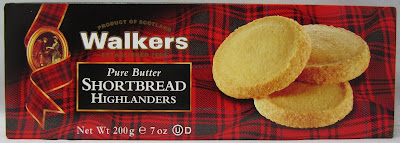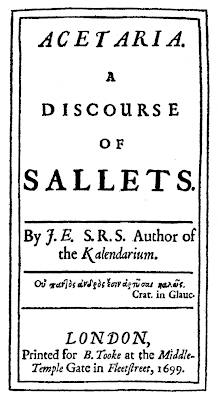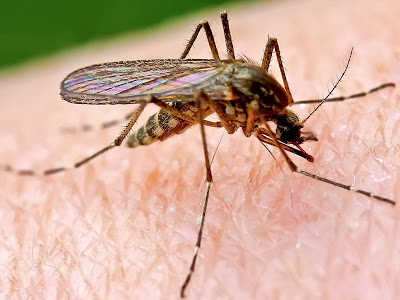Mama’s
little baby loves short'nin', short'nin',
Mama’s
little baby loves short'nin' bread.
Funny how you don’t stop to think about words you use
everyday. Like elevator. If you stopped to think about it, you’d realize that it comes from elevate. So how, I ask you, can something
that’s named after its ability to go up be called the same thing when it comes
down?
By the same token, not too many people stop and wonder about
how shortbreads, shortcakes, and shortening itself got their names. What’s so
short about shortening? What are shortbreads being distinguished from?
Longbreads?
Well, yes, in a manner of speaking. It’s just we don’t call
them longbreads anymore than we refer to descending elevators as descenders.
A picture speaks a thousand words, so picture to yourself, on
the one hand, a shortcake—as in a strawberry shortcake before it’s been filled
with strawberries and topped with whipped cream—and, on the other, picture to yourself a rustic
Italian bread, one of those nice round crusty loaves all dusted over with flour.
Cut into the shortcake and you know what’s bound to happen: it’s going to
crumble into moist little crumbs. Cut into your country loaf and, although the
crust is likely to shatter, you’re not going to end up with any crumbs on your
countertop. You’re far more likely to end up with a slice that’s more hole than
bread. But rather than feeling cheated, study that hole more closely. See those
strands stretching from side to side? That’s gluten, the protein in the wheat
that, when combined with water and kneaded, becomes elastic and stretchy enough
to surround and support the air pockets that make the dough rise. The bigger
the air pocket, the longer the gluten has to stretch—and long, as we all know,
is the opposite of short.
Which takes me back to shortening. As in shortbread and
shortcake.
For reasons that chemists explain with words like
hydrophilic and hydrophobic, when you add a fat to your wheat and water, the
gluten spurns other gluten molecules in favor of the fat, which means no long
stretchy strands and, consequently, no air pockets. When baked, the dough
becomes cakey and crumbly rather than stretchy and bready. In other words, it
becomes what’s known as “short,” which did once have the secondary meaning of “easily
crumbled,” as in a 15th-century recipe that instructs us to “Take warm barm [yeast], and put all these together and beat
them together with thy hand till it be short and thick enough."
Any fat technically qualifies as shortening, but especially those
that remain solid at room temperature, like lard, which was the traditional
shortening until the French chemist Hippolyte Mège-Mouriès invented margarine
in 1869 and the German chemist Edwin Cuno Kayser hydrogenated cottonseed oil in
the early twentieth century, resulting in the product most often thought of today
as shortening: Crisco.
So much, so good. But there's still something funny about the word. For a reason that I can't figure out, it almost never refers to butter, even though it's all but impossible to conceive of shortcake and shortbread made with anything else. What would be the point of Walker’s Pure Butter Shortbread
without the butter?
And “short’nin’ bread,” as in the one Mama’s little baby
loves? Well, here’s a recipe from the lovely Charleston Receipts, America’s Oldest Junior League Cookbook. You’ll
note that its name notwithstanding, it’s butter that makes that short’nin’
bread taste so good.
Short’nin’ Bread
1 ½ cups flour
¼ cup light brown sugar
¼ lb butter, soft
Cream the butter and sugar. Add the flour and mix thoroughly. Roll out
quickly on a floured board, about ½” thick. Cut shapes with small biscuit
cutter. Bake on lightly greased and floured shallow pan at 350° for about 20
minutes.













